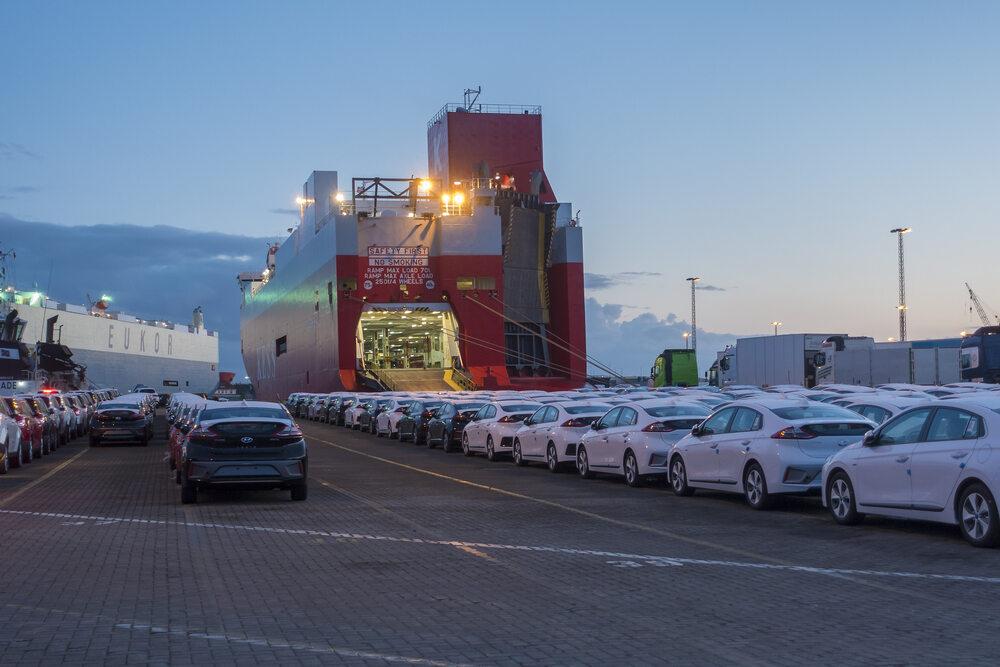
Shipping a car from Europe to America by sea typically costs between $1,000 and $5,000. Additionally, upon entering the US border, each vehicle is subject to a regular tax of 2.5%. The final cost depends on various factors, including the shipping method, the size and weight of the vehicle, and the specific requirements of the shipment.
Shipping a car from Europe to America involves choosing a reliable shipping company, preparing the vehicle for transport, and understanding the costs involved. The price range for shipping by sea is between $1,000 to $5,000, with an additional 2.5% tax applied upon the vehicle's arrival in the US. Factors such as the shipping season, the car's dimensions, and the chosen services can significantly influence the overall cost.
Factors Influencing the Price of Car Shipping
Several factors come into play when determining the cost of shipping a car transatlantically. first of all, season and timing significantly impact costs, as shipping rates tend to rise during peak holiday seasons due to high demand. The rush hours may also cause increased prices. Additionally, the services you opt for, such as door-to-door or port-to-port, can raise or lower the final cost.

Secondly, the characteristics of the car itself play an essential role. The size and weight of a vehicle directly influence the shipping cost. Larger or heavier cars require more space on the carrier and add more to the total weight carried, leading to higher charges. Furthermore, the condition of the car impacts the cost, too. If the car is inoperable, additional equipment will be needed to load and unload the vehicle, which adds to the total price.
The Role of Distance in Determining Shipping Costs
Distance affects automobile freight costs while moving. Traveling across multiple locations can drastically raise car transport costs. Shipping costs rise with voyage duration. More fuel and labor are needed for longer hauls; thus, customers pay for them.
Shipping danger is also affected by distance. Longer routes increase the danger of vehicle damage due to more time on the road or sea. This, difficult terrain and lengthier maritime routes are considered when estimating freight costs. Thus, distance determines car moving costs for personal or commercial use.
Influence of the Car's Size and Weight on Shipping Expenses
Shipping a car large distances, especially over the Atlantic, is difficult and expensive. The size and weight of your car affect this cost. SUVs and trucks occupy more space in shipping containers and cargo holds than sedans and compacts. Since shippers must maximize space efficiency, larger truck shippers often incur higher costs, which they pass on to customers.
Heavy cars raise shipping costs since they use more fuel. Weight can sometimes require specific handling or equipment during loading or unloading, raising shipping costs. It's worth repeating that while shipping businesses work hard to serve their customers, bigger cars will cost more. Disassembling heavy parts or accessories before shipping might reduce these costs.

Frequently Asked Questions
The size and weight of a car significantly influence the cost of shipping. Larger and heavier cars require more space and fuel to transport, thus increasing the shipping expenses.
Besides the car's size and weight, other factors such as the shipping distance, shipping method, time of the year, and current fuel prices also contribute to the overall shipping cost.
The shipping distance plays a major role in determining the cost of car shipping. Generally, the longer the distance, the higher the shipping cost. This is due to the increased fuel consumption and time required for longer journeys.
The time of the year can also influence car shipping expenses. During certain peak seasons, such as summer or holidays, the demand for car shipping services may increase, resulting in higher shipping costs.
Yes, the shipping method can significantly influence the cost of car shipping. For example, enclosed shipping methods that offer increased protection for the vehicle typically cost more than open-air shipping methods. Likewise, door-to-door delivery service can increase the shipping cost compared to terminal-to-terminal service.






 Share on Facebook
Share on Facebook Share on LinkedIn
Share on LinkedIn Share on Twitter
Share on Twitter




 Google
Google  Instagram
Instagram  Trustpilot
Trustpilot 



